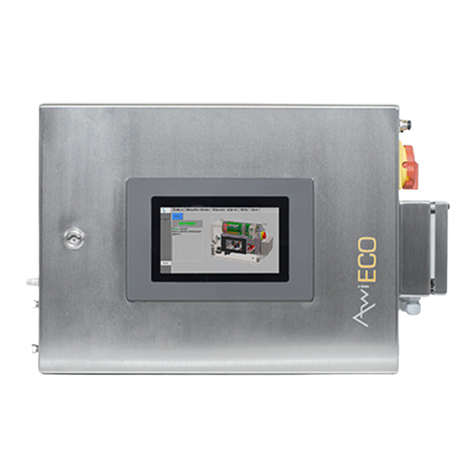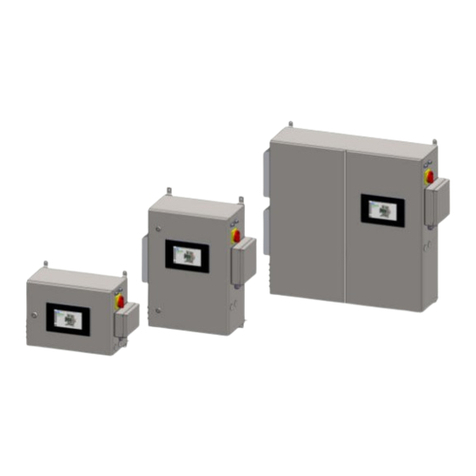
Table of Contents
5.2.2.3 Connection cable for DI (digital inputs) and DO (digital outputs).........................25
5.2.2.4 Connection cable for AI (analogue inputs) and AO (analogue outputs)...............26
5.2.3 Potential equalization...................................................................................................26
5.2.4 Data transmission of signals....................................................................................... 27
5.2.4.1 Profibus...........................................................................................................................27
5.2.4.2 Analogue outputs.........................................................................................................28
5.2.5 Information on Cable and Lines Routing.................................................................. 28
5.2.6 Connection of analysis gas lines................................................................................ 29
5.2.6.1 Extraction Points for Analysis Gas.............................................................................. 29
5.2.6.1.1 Gas extraction fitting unpressurized and up to 400 mbar..................................... 29
5.2.6.1.2 Gas extraction fitting up to 16bar (PN16)................................................................31
5.2.6.2 Laying of Analysis Gas Lines.......................................................................................32
5.2.6.3 Gas Inlets AwiFLEX XL.................................................................................................33
5.2.6.4 Exhaust air – Discharge of the Measuring Gas.........................................................34
5.2.7 Installation of Humidity and Flow Sensor AwiFLOW............................................... 35
5.2.8 Initial Operation............................................................................................................37
6 Handling of the Gas Analysis System..........................................................................................38
6.1 Maintenance.................................................................................................................. 38
6.1.1 Cleaning.........................................................................................................................38
6.1.2 Calibration..................................................................................................................... 39
6.1.3 Hydrogen sulphide filter..............................................................................................39
6.1.4 Detonation Flame Arrester..........................................................................................39
6.1.5 Connecting Tubes.........................................................................................................39
6.1.6 Condensate traps......................................................................................................... 40
6.2 Replacing a Fuse.......................................................................................................... 40
6.2.1 Specification Fuse F1 (Input Voltage 100–240 VAC)............................................... 40
6.2.2 Specification Fuse F2 (Power Supply Unit Output Voltage 24 VDC)......................40
6.3 Spare Parts List..............................................................................................................40
6.4 Disposal..........................................................................................................................41
6.5 Product Liability............................................................................................................ 41
7 Technical Data and Sensor Accuracy.......................................................................................... 42
7.1 Technical Data...............................................................................................................42
7.2 Accuracy, Service Life and Calibration of the Sensors............................................ 42
8 AwiDESULF combi-package for microbiological desulphurisation.........................................45
8.1 Intended Usage............................................................................................................ 52
8.2 Assumptions for Interpreting......................................................................................52
4





























